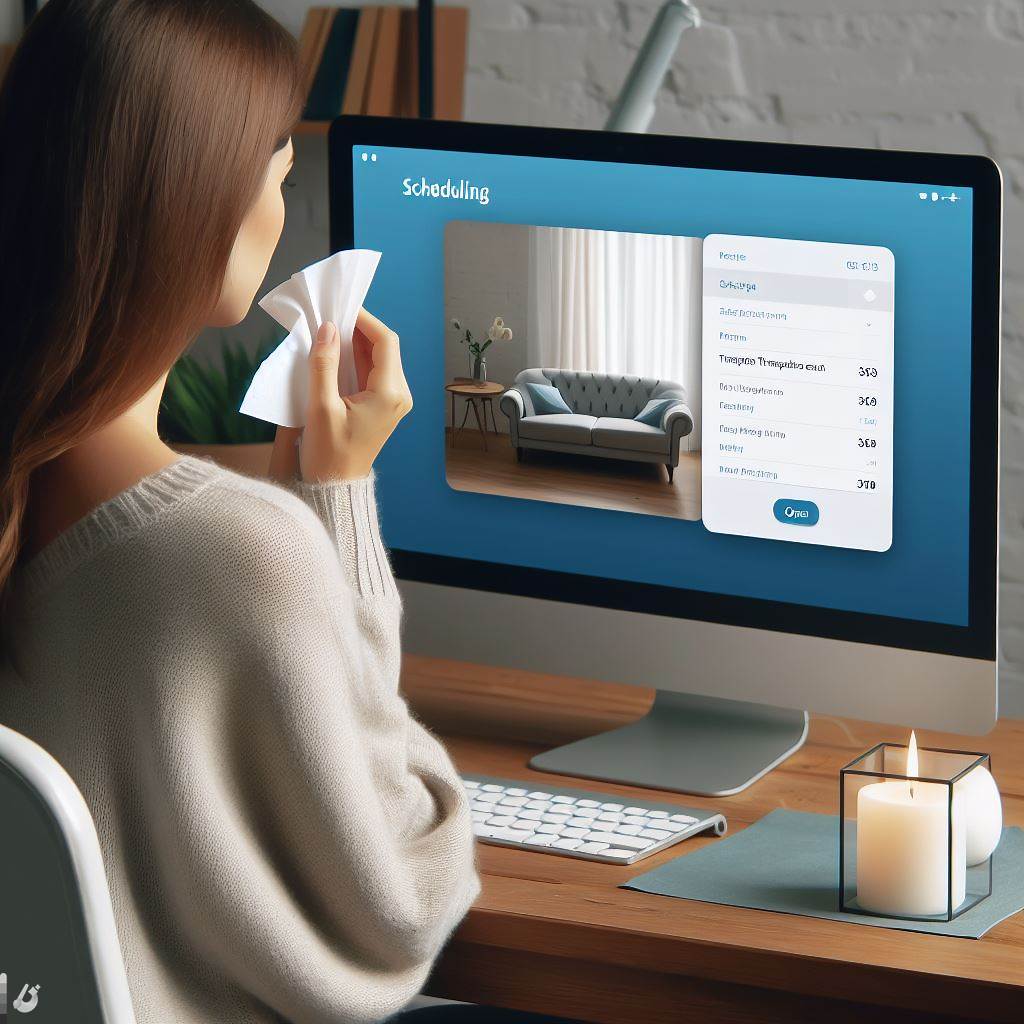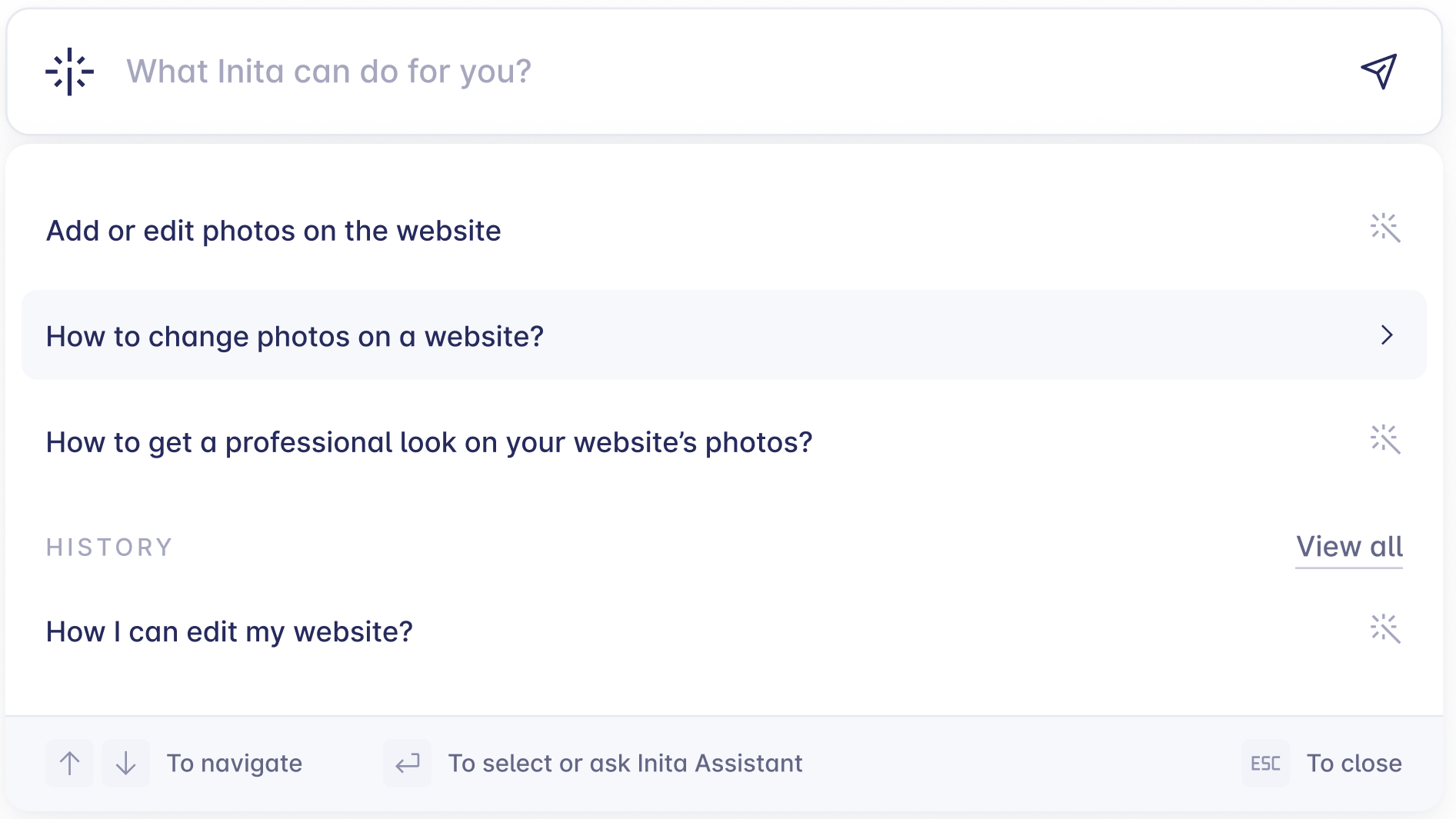Understanding the human mind is a complex topic. As a mental health professional, you assist people in navigating conflicting emotions, often endured quietly. Being found by these individuals is crucial for getting hired and providing support during challenging times. The internet is the fastest way for those looking for their initial clients or wanting to grow their client base. The first step is to create a converting website for you, therapist.
Building a website for that area of expertise becomes something very personal. We’ve prepared five straightforward tips to help you build a website that not only looks good but also brings clients directly to your virtual doorstep. Be prepared to fill up your patient schedule, whether it’s online or in-person.
1. Keep it Warm and Welcoming
Make a good first impression. Think of your website as a digital waiting room. Make it inviting, calm, and reflective of your therapeutic style. Choose soothing colors, easy-to-read fonts, and images that convey peace and trust. Be clear about your message. If you focus on treating patients with anxiety and depression disorders, state that. This helps those dealing with these issues know they’re in the right place. Remember, this could be the initial step in someone’s healing journey – so make it meaningful!
2. Clear Communication
In therapy, being clear is key. Your website should tell people who you are, what you do, and how you can assist them. Avoid using complicated language and talk directly to your potential clients. Outline your services, qualifications, and add a few testimonials from past clients to prove you’re genuine. Use a friendly language that encourages an initial conversation to understand the problem and the patient’s situation. Trust is the therapist’s main tool.
3. User-Friendly Design
Ever been lost in a confusing maze of hallways? That’s how visitors feel on a complicated website. Make sure navigating your website is easy. Choose a simple design where a clear message comes first. If visitors can find what they need in just a few clicks, they’re more likely to stick around and reach out for an appointment. Remember to include a well-lit and inviting photo of yourself. Share your education in the “about” section, along with your experience and any info that enhances your authority and shows how your patients benefit from your treatment.
4. Be Mobile-Friendly
In today’s world, everyone is hooked to their smartphones, so your website should be friendly to mobile users. Make sure it looks good and works well on all devices, big or small. If it zooms, scrolls, and responds quickly, you’re in good shape. Since most people visit websites on smartphones, ensure your site is prepared for this screen format. It’s another crucial aspect for your clients to see professionalism right from the first impression, like with a business card, which is your website.
5. Make Contact Simple
Now, for the finishing touch. Make reaching out a breeze. Include a clear and easy way to contact you on page – consider a contact form, your phone number, or a book-an-appointment button. Time is crucial; don’t make them search or wait. After that, promptly respond to the request, greet them via phone, or reply by email, confirming the appointment and expressing joy in welcoming your client.
Here you have it – five clear steps to establish a website that not only remains in the digital realm but actively draws in clients and fosters the growth of your practice. Did you catch these insights?
Now it’s time to apply: create your website with these elements in mind. Try Inita to create your site to promote your work and for your patients to schedule appointments. We craft smooth, user-friendly websites tailored just for you, the professionals of mental wellness ready to welcome and help people. Ready to take the leap? Remember, your website is your online handshake. Make it count!




